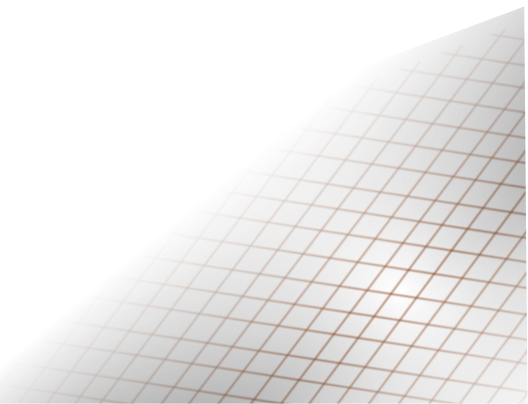Significance of the Software Development Lifecycle
Posted on
What is the significance of the Software Development Lifecycle
Defining Software Development Life Cycle Software Development Life Cycle (SDLC) planning and adherence can speed up development and cut needless costs. The SDLC stands for software development lifecycle. This term is sometimes used to refer to the process of developing an application. It is a methodical process that guarantees the quality and accuracy of the software created. The goal of the SDLC process is to create high-quality software that fulfills client demands. The system development should be finished within the budgeted time range. The SDLC consists of a comprehensive plan that outlines how to organize, create, and maintain certain software. Each stage of the SDLC life cycle has a distinct procedure and outputs that feed into the following stage.
The Steps in the Software Development Lifecycle
The SDLC framework has several phases or steps. Each one outlines a series of tasks and products that must be completed before proceeding to the following phase.
Discovery
Understanding the target user is the key goal of this step. By concentrating on them, you may define the project’s vision and purpose set appropriate targets, and comprehend its scope.
Insights
This information-gathering step will help you choose your next course of action. Many other sources, including reviews, surveys, research, and other data, might provide insights.
Plan & Set Priorities
Project managers will assess the software requirements at this point and decide what tasks must be completed. They’ll also establish a deadline for finishing the job.
Sense-Making
After plans are created, software engineers and UX designers consult with specialists to understand the user’s goals, the company’s objectives, and the program’s design requirements.
Designing for Experience
Designing for Experience seeks to produce intuitive interactions, motivate a particular activity, or provoke an emotional response. Developers create the software’s functionality in this step. Graphic Design- The intelligent use of graphics, fonts, colors, buttons, and other features is known as visual design. The purpose of it is to involve people and improve their experience.
Building Strategy
The architecture strategy explains how the components of the new software communicate with one another. It outlines the process for incorporating each of those elements. Development- It refers to the process of writing the software itself. Development can be conducted by a single person or by several specialized teams, depending on the extent of the project.
Production
At this step of the procedure, testing takes place. The project can be launched if it lives up to expectations.
Who Is Involved in the SDLC Process?
Every stage of the software development lifecycle involves several people. Each role has specific duties to carry out: Determines the project’s scope and is in charge of the development team. UX designer: creates how software should operate, seem, and feel. Expert in the field: Offers suggestions for planning and development. Developer: Writes the real code during software development. QA: Supports the testing and quality assurance of new software Some popular SDLC Models.
Here are a few of the Software Development Life Cycle’s (SDLC’s) most significant models:
Waterfall model The waterfall model of SDLC is frequently used. This method divides the entire software development process into different SDLC phases. The results of one phase servesr as the input for the following one in this SDLC paradigm. This SDLC paradigm requires a lot of documentation because earlier stages outline the tasks that must be completed in later phases.
Incremental Model
There is no distinct model from the incremental model. In essence, it consists of waterfall cycles. At the beginning of the project, the needs are split into groups. The SDLC paradigm is used in the software development process for each group. Every release adds more features as the SDLC life cycle is repeated until all requirements are met. Every cycle in this strategy serves as the upkeep phase for the preceding software release. The incremental model has been modified to allow for overlapping development cycles. After that, the following cycle can start before the preceding one is finished.
V-Model
It is also known as the Verification and Validation Model. Testing and development are planned concurrently in this type of SDLC methodology. Therefore, the SDLC validation phase is on the other side from the verification phases. By the coding phase, V-Model joins.
Agile Model
An agile approach is a technique that encourages ongoing communication between developers and testers throughout the SDLC process of any project. The entire project is broken up into manageable incremental builds when using the Agile methodology. Each iteration of these builds lasts 1 to 3 weeks, and they are all offered in iterations.
Why Is the Lifecycle of Software Development Important?
The SDLC offers a standardized structure that facilitates project planning and tracking. It’s crucial for the following reasons, too: Aids in outlining the responsibilities and tasks associated with each stage of the development process. Increases the rate of software development, allowing you to launch your product more quickly. Simplifies project planning, scheduling, and monitoring Increases transparency and responsibility between developers and stakeholders. The risks and costs typically connected with alternative development techniques and processes are decreased by employing the SDLC. To sum it all up Understanding the software development lifecycle can help you get outcomes quickly and effectively. Vector3 can assist you because they have experience in both UX design and custom software development. We have a team of in-house experts who will make your journey across design and development extremely smooth. Reach out to our team of experts here to learn about the SDLC and to work on a project together.

Let’s talk business
Mission is to elevate the level of delight experienced by your valued clientele while concurrently enhancing the operational prowess of your esteemed enterprise.




